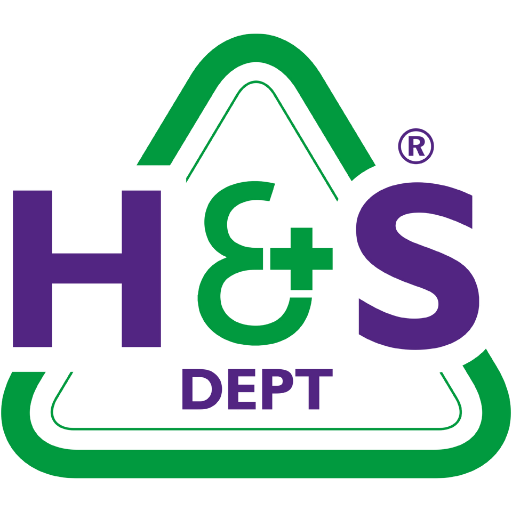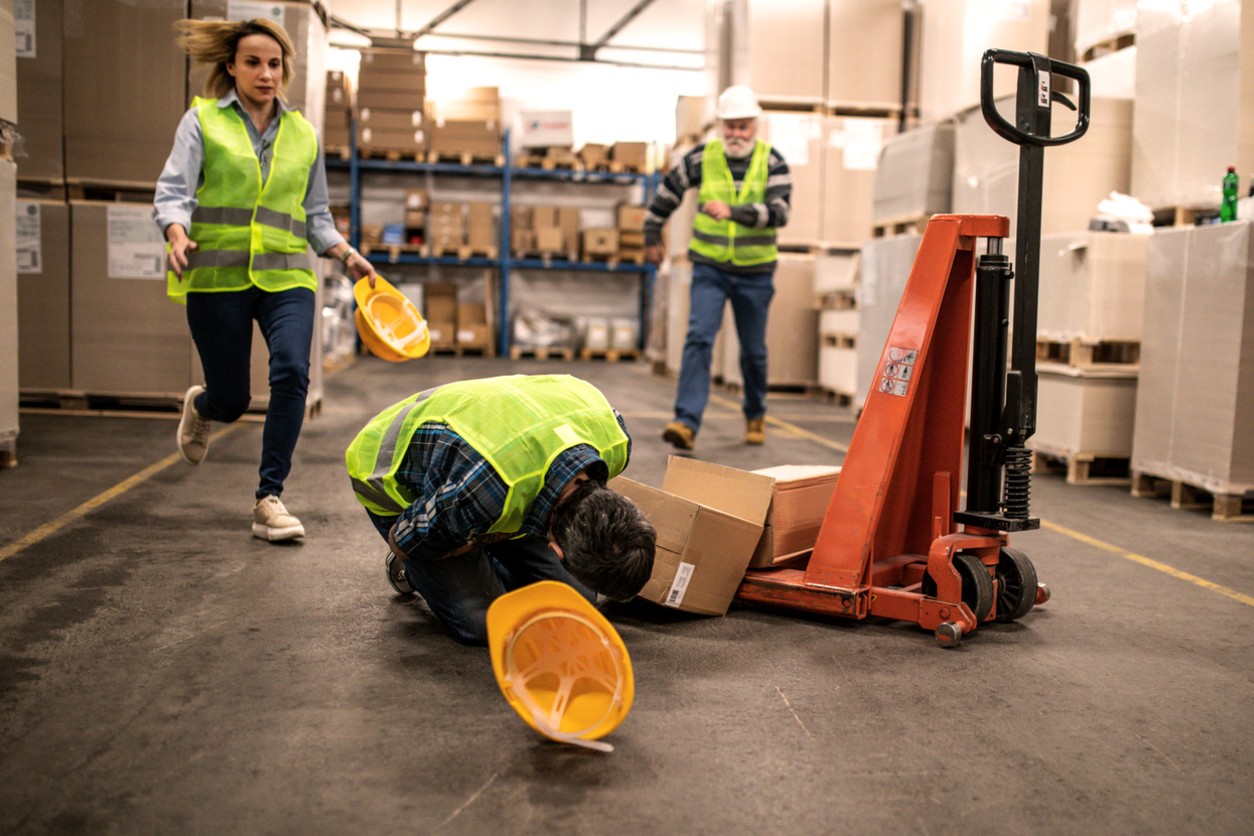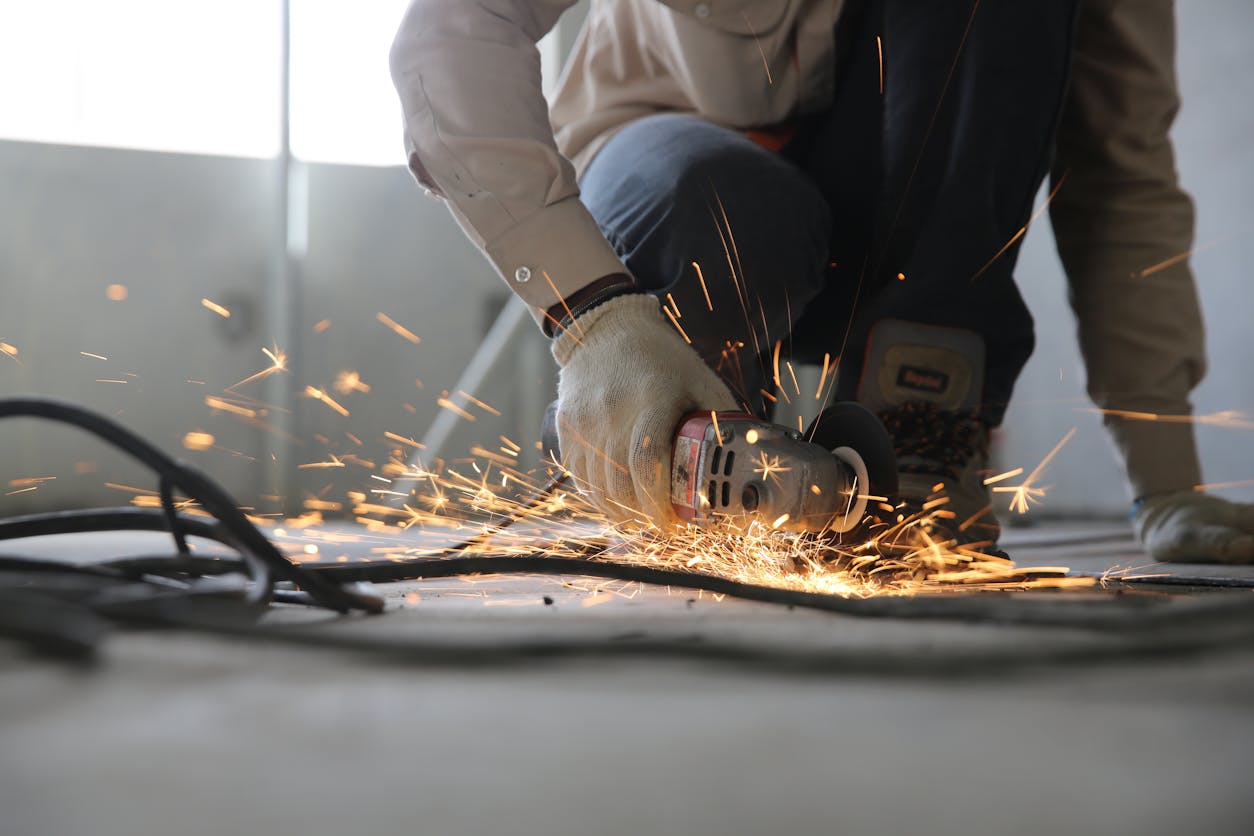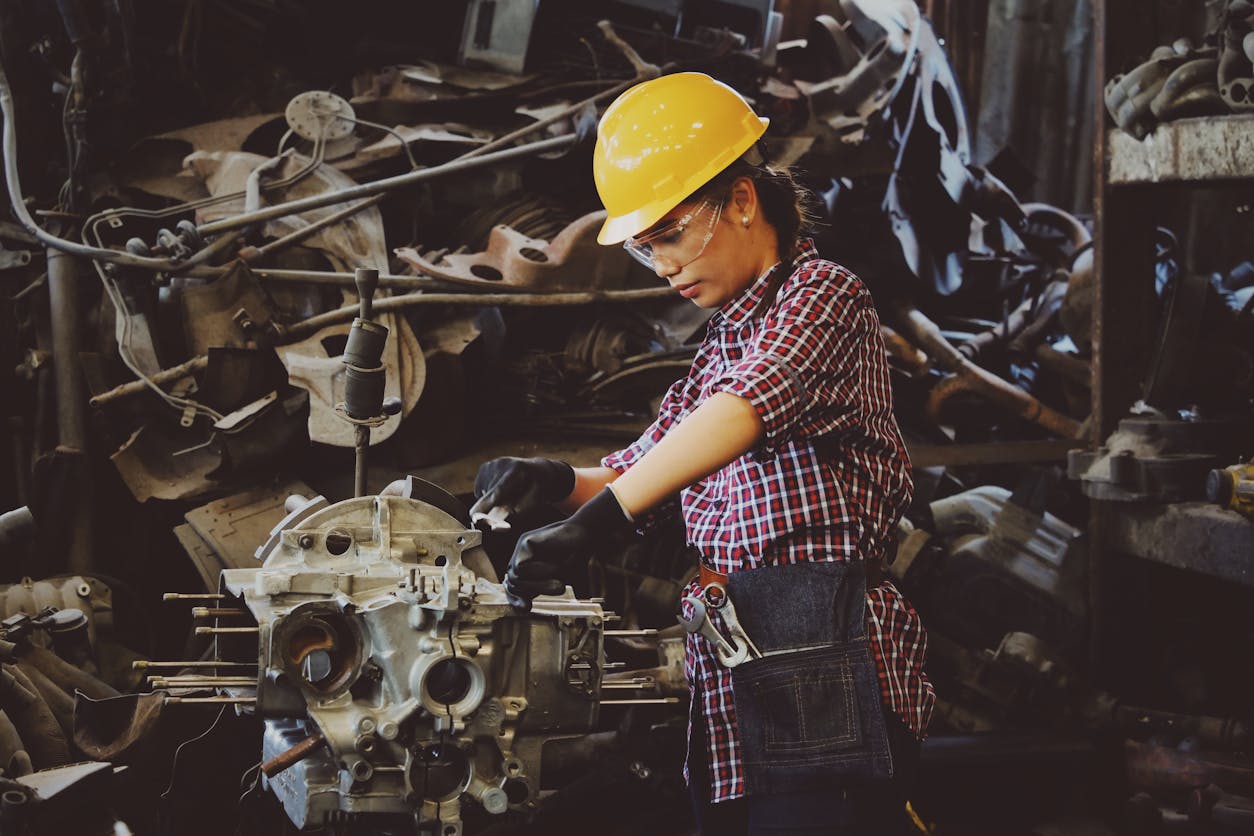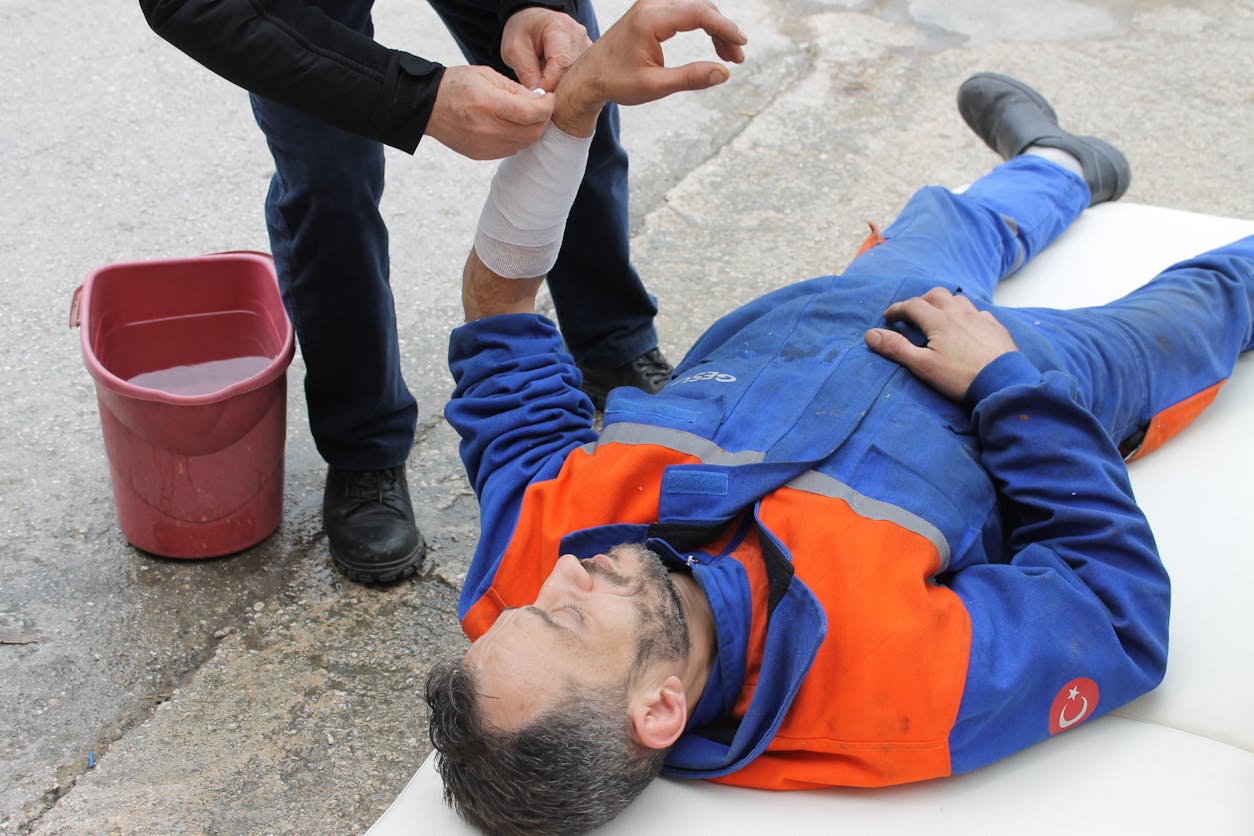Creating a safe workplace isn’t just about ticking boxes or posting rules on noticeboards. It’s about building a culture where safety is second nature. This starts with communication. Whether you run a busy office, a healthcare clinic or a primary school, how you talk about health and safety (and how your team listens and responds) can be the difference between avoiding accidents and inviting them.
In this blog, we explore why communication is essential in health and safety, what best practices look like, and how The Health & Safety Dept can support you in strengthening your systems of work through clear, effective, and ongoing dialogue.
Why Communication Matters in Health and Safety
Communication isn’t just one piece of the health and safety puzzle – it’s the glue that holds everything together. Safe systems of work rely on everyone understanding the risks involved, knowing the procedures and being confident in what to do when something doesn’t feel right. Without that clarity, even the best risk assessments and control measures can fall apart in practice.
According to the Health and Safety Executive (HSE), failures in communication are a major contributor to accidents and near-misses. This isn’t just about what’s said—it’s also about what’s not said, or not said clearly enough. Misunderstood instructions, assumptions, or unclear responsibilities can all lead to unsafe behaviour.
Poor communication can also breed complacency. If your team doesn’t feel empowered to speak up or they’re unsure about how to report a problem, vital warnings might be missed.
Best Practices for Clear and Effective Safety Communication
Getting communication right doesn’t need to be complicated, but it does need to be consistent, two-way, and relevant. Here are a few best practices to consider:
1. Make it part of the culture
Health and safety shouldn’t be an afterthought—it should be woven into everyday conversations. Toolbox talks, staff briefings, and even casual chats can be powerful tools if they’re used to reinforce key messages and encourage feedback.
2. Use plain, simple language
Technical jargon can confuse and alienate. The aim is to make health and safety accessible to everyone, regardless of their role or experience. Use everyday language and visual aids where possible to get your message across.
3. Lead from the top
When leadership communicates clearly and consistently about safety, it sends a strong message about its importance. Managers and business owners who model safe behaviours and speak openly about risks help create a safer working environment.
4. Encourage questions and concerns
It’s vital that your team feels they can raise concerns without fear of blame or dismissal. A culture of openness leads to faster identification of issues and more opportunities to prevent accidents.
The Role of Reporting Systems in Hazard Management
Even in well-run organisations, things go wrong. What matters is how quickly you know about it—and that hinges on a good reporting system.
A clear, well-communicated process for health and safety reporting helps you track incidents, near misses, and potential hazards before they escalate. It’s also essential for demonstrating compliance and making informed improvements to your risk management processes.
Think of reporting systems not just as tools for logging problems, but as vital channels of communication. If someone spots a loose floor tile, exposed wiring, or unsafe behaviour, you want them to feel confident that reporting it will lead to action — not ignored paperwork.
Technology can help here too. Digital reporting tools make it easier to capture real-time information, but they still depend on your team knowing how and when to report—and feeling that their input matters.
Improving Communication in Safety-Critical Industries
In sectors like healthcare, education, construction, and manufacturing, communication gaps can have serious consequences. Fast-paced environments, shift work, language barriers and staff turnover can all add complexity to how information is shared.
To improve communication in these settings, businesses should:
- Introduce structured handovers between shifts or departments.
- Provide multilingual signage or translated materials where needed.
- Use real-life scenarios in training to reinforce key messages.
- Regularly review how information flows between staff, managers and contractors.
One of our clients in the education sector recently reviewed their fire evacuation procedures following a mock drill. Although the plan looked good on paper, there were issues during the drill due to confusion over responsibilities. By facilitating a session to gather feedback and clarify roles, we helped them update their communication plan — making it clearer, faster, and more inclusive.
How The Health & Safety Dept Can Help
We understand the daily pressures SME owners face — keeping operations running smoothly, supporting staff, and staying compliant with health and safety law. It’s a lot to juggle, and communication can sometimes take a back seat.
At The Health & Safety Dept, we work closely with you to develop tailored communication strategies that fit your business and support safe systems of work. Whether it’s building clear reporting frameworks, delivering practical training, or helping you improve day-to-day dialogue, we’re here to ensure safety becomes part of your everyday language.
We don’t believe in one-size-fits-all solutions. Our advisors take the time to understand your business and its unique challenges, so we can provide support that’s pragmatic, responsive and easy to implement.
Final Thoughts
So, why is communication in the workplace important when it comes to health and safety? Because it connects the dots. It helps you spot risks early, respond effectively, and foster a team that feels informed, heard and protected.
Good communication is at the heart of every safe system of work. It’s not a “nice to have” – it’s a necessity. If you’re ready to strengthen yours, we’re here to help you get it right.
Let’s talk about how we can support your communication strategy. Get in touch with your local Health & Safety Dept office today.
